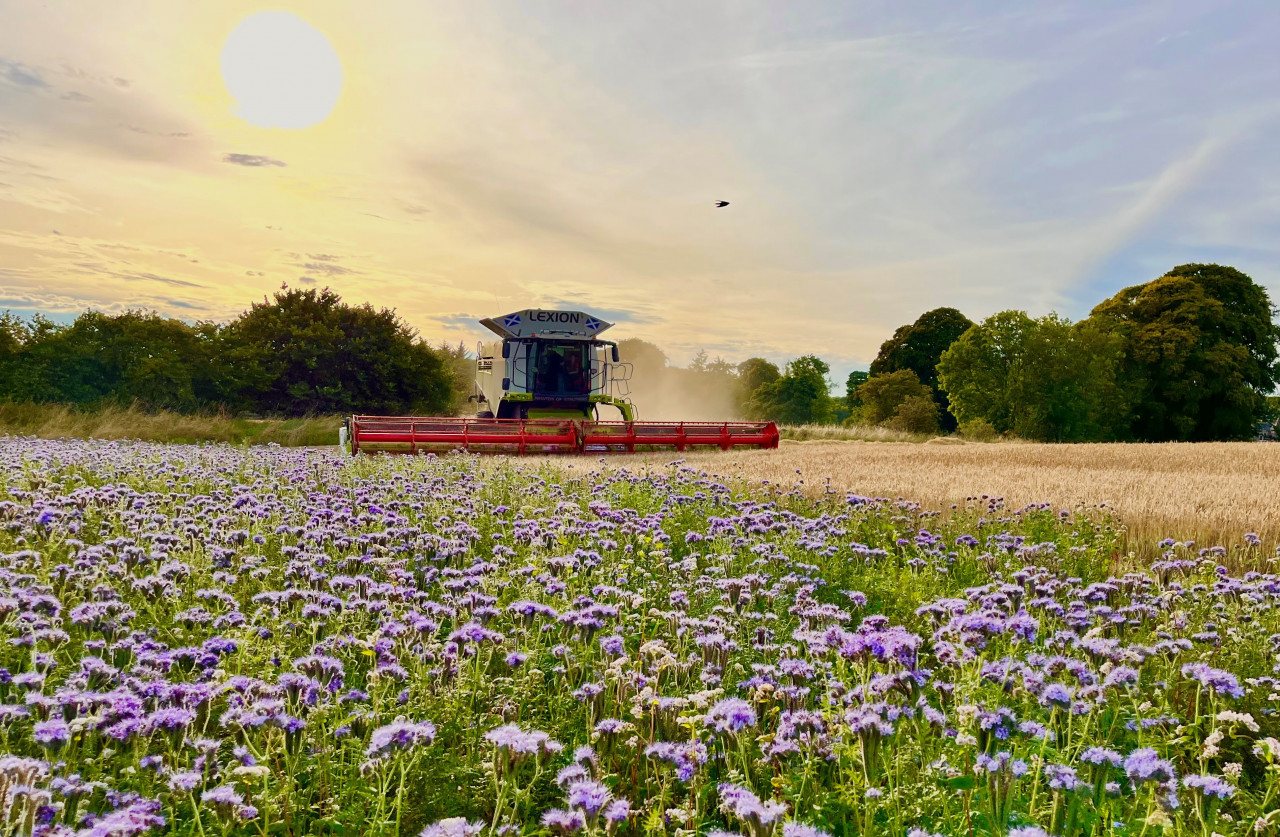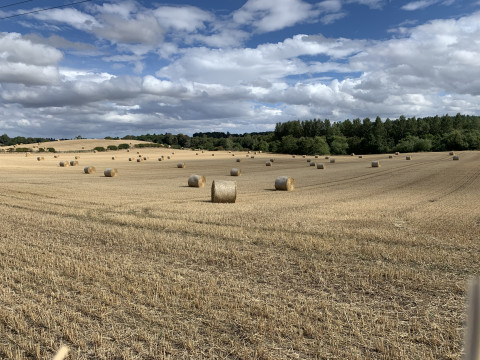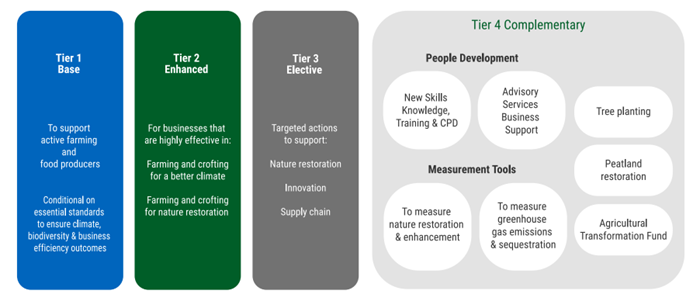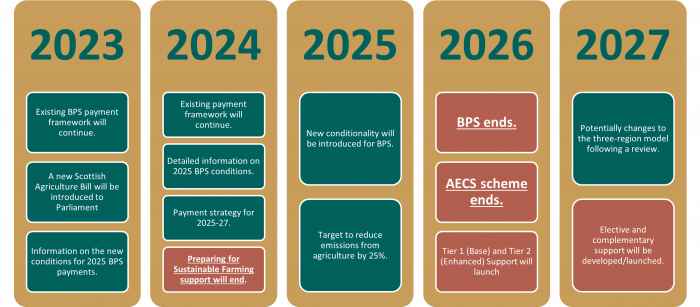The future of Scottish agriculture payments
In Scotland, many of us have been watching the developments in government policy and funding south of the border with interest, wondering when we may begin to see similar progress. Our patience was rewarded three weeks ago when the Scottish Government released its much anticipated Agricultural Reform Route Map which outlined how farmers would receive financial support from the Government going forward.
So, what do we now know and how might it affect you and your business?
Vision for Agriculture
Before we look at what is to come, I think it's worth revisiting the Scottish Government's Vision for Agriculture which was published in March 2021. It set out some of its key aims and objectives for the future of Scottish agriculture and these should help us understand the reasoning behind some of the details in its latest announcement.
"We will remain committed to supporting active farming and food production with direct payments.
Integrate enhanced conditionality of at least half of all funding for farming and crofting by 2025.
As part of this conditionality, expect recipients of support to deliver on targeted outcomes for biodiversity gain and low emissions production.
Develop policy, regulatory and support mechanisms which deliver emissions reductions in line with our climate targets, and contribute to wider government objectives and priorities, particularly in relation to our net zero ambitions.
Where practicable, stay aligned with new EU measures and policy developments."
The vision included a continued commitment to provide financial support for active farming and perhaps more importantly food production. But tied to that is a commitment to add some form of conditions to at least 50% of payments made to farmers. While not quite as strong as the direction taken in England, there is undoubtedly a desire to see delivery of some defined objectives before the majority of payments are received.
Agricultural Reform Route Map
Now onto the latest policy. Published in mid-February, the route map has given the first insight into the new model for farm support. The big if unsurprising news is that the subsidy scheme as we know it will end.
Under the new payment model, we will be working on a four-tier system. Each tier has been designed to target a different aspect of agriculture, with a heavy weighting towards reducing agricultural emissions which was one of the key priorities outlined in the earlier Vision for Agriculture.
Tier 1: Base
This tier seems like it will be a small percentage of your current Single Farm Payment to support and provide some stability, on the basis that you meet some basic 'essential standards'.
The early suggestions are that these will include greening, cross compliance and statutory management requirements. For many, these won't require any noticeable changes other than potentially submitting some evidence. The only possible new additions being mooted are 'Whole Farm Plans' which will be used "as a tool to support businesses to think about if their activities are sustainable, efficient and resilient". These were a suggestion from the farmer-led discussion panels, with more clarity due to be provided later this year.
Tier 2: Enhanced
In my opinion, this is the tier which will provide the greatest opportunities for farmers if it is delivered correctly. Growers will be financially incentivised to adopt "sustainable and regenerative farming practices", seemingly in a very similar way to the Sustainable Farming Incentive in England.
The measures that have been suggested are outlined below. There's potential that growers will be able to pick packages that suit their business.
Outcomes
These are the high-level outcomes for the sector (livestock) or type of land/habitat (nature and climate) that the enhanced measures are seeking to deliver.
Package
A package defines a group of related and complementary measures that can deliver towards the outcome.
Measure
For each measure, a short high-level description identifies the plan or course of action to achieve a particular outcome. A measure may relate to one or a series of actions or sub-measures.
You will need to meet all the requirements of tier one to receive any payments for tier two actions. We will look at some of the proposed packages and measures in more detail in an upcoming blog. For now, you can find an overview of them here.
Tier 3: Elective
This tier will be more targeted funding for climate mitigation projects and nature recovery as opposed to enhancing agricultural production practices. It looks likely aspects of the current Agri-Environment Climate Scheme (AECS) will sit under this tier going forward. Funding will be available to groups and co-operatives as well as individuals, so there's potential that collaborative groups who can deliver greater returns than an individual may be seen favourably for this tier.
Tier 4: Complementary
Funding in this tier will be used to provide supporting services to growers undertaking the actions required under the first three tiers. Some will be targeted towards organisations like the Farm Advisory Service and others that offer training courses and activities. The route map also hints that some money under this tier will go towards developing tools to measure emissions and nature enhancement, which you'll remember are some of the Government's key objectives.
Although we are still light on detail, we now know how future funding will likely look. The next question is: when will we see these changes? The timeline below outlines some of the key milestones in the route map.
Whilst we won't see any changes to payment structures or requirements until 2025, I strongly encourage growers not to sit back and wait. While you know what your BPS payments will be for the next couple of years, make use of that stability to start experimenting with how you can make some of the proposed management options work in your system so you can hit the ground running in 2025 and beyond.
With that in mind, in a future blog we'll look more closely at some of the initial proposed management options and the opportunities they provide. Subscribe here and you'll be notified of our future posts.
If you have any questions or would like more advice around the developments in government policy and funding, please speak to your Kings contact. Alternatively, you can get in touch.
As a subscriber, you’ll receive email alerts each time a new blog is published so you can always stay updated with the latest advice and insights from our experts








Comments